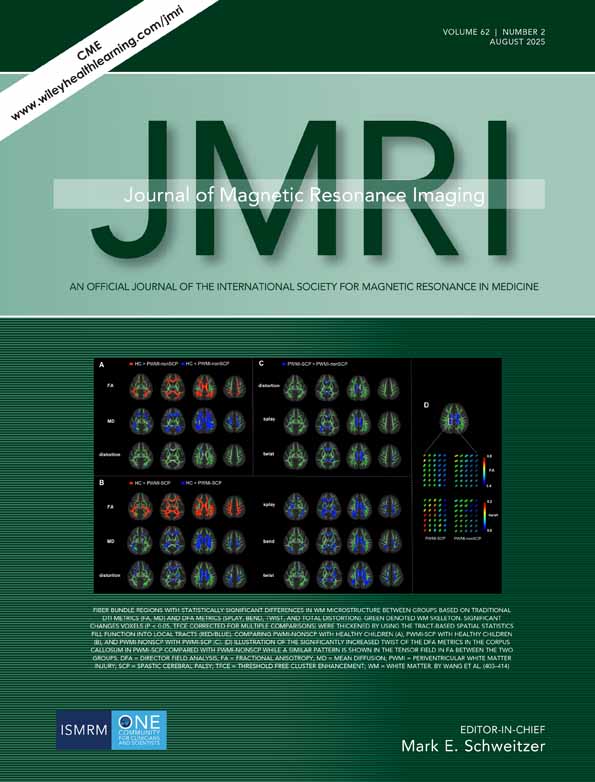Efficacy evaluation of gadoteridol for MR angiography of intracranial vascular lesions
Abstract
A phase III multicenter study was conducted in 89 patients with known intracranial vascular lesions to evaluate an extracellular gadolinium contrast agent, gadoteridol, for intracranial magnetic resonance (MR) angiography. The pre- and postcontrast MR angiograms of 82 patients were evaluated by the unblinded investigators and by two blinded readers (A and B) for visualization of lesions; arterial and venous anatomy; extent, size, and number of lesions; and disease classification. The unblinded readers indicated that lesions were visualized better on postcontrast images in the following categories: venous anatomy, 87 (81%) of 107 lesions; arterial anatomy, 43 lesions (40%); and extent or size of lesions, 38 lesions (36%). In 29 (35%) of 82 patients, the unblinded readers determined that enhanced MR angiography provided more diagnostic information than unenhanced MR angiography. The blinded readers determined that enhanced MR angiography provided more information for visualization of vascular anatomy in more than 60% of cases. The additional information provided with gadoteridol would have changed the diagnosis in nine (8%) of 107 lesions seen by the unblinded readers, 11 (12%) of 90 lesions seen by reader A, and three (3%) of 93 lesions seen by reader B. The results confirm that the use of gadoteridol improves the visualization of intracranial vascular lesions with MR angiography. The authors conclude that development of new postprocessing algorithms will improve the utility of contrast-enhanced MR angiography.




